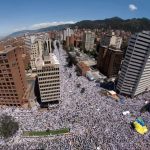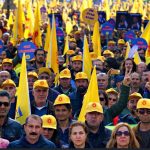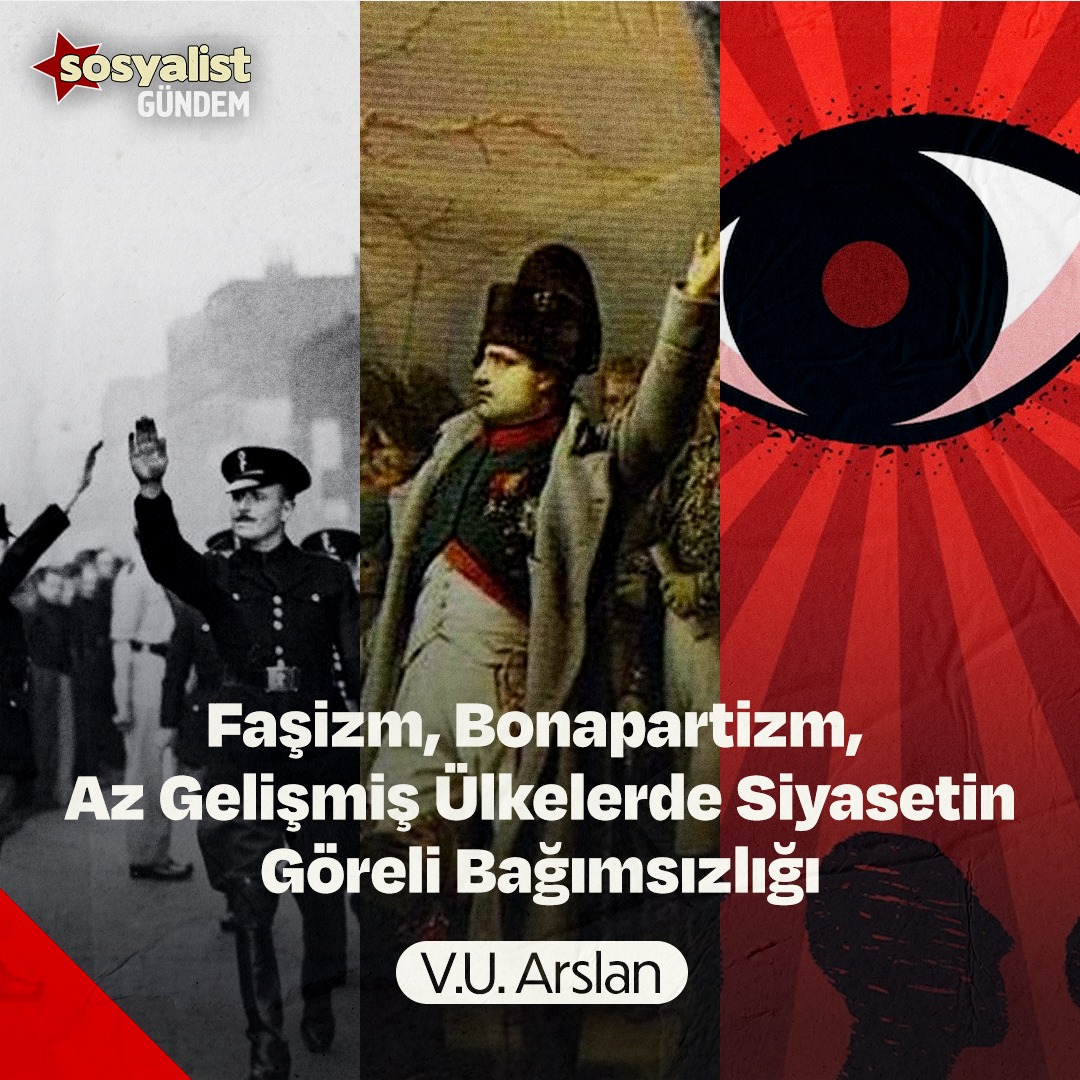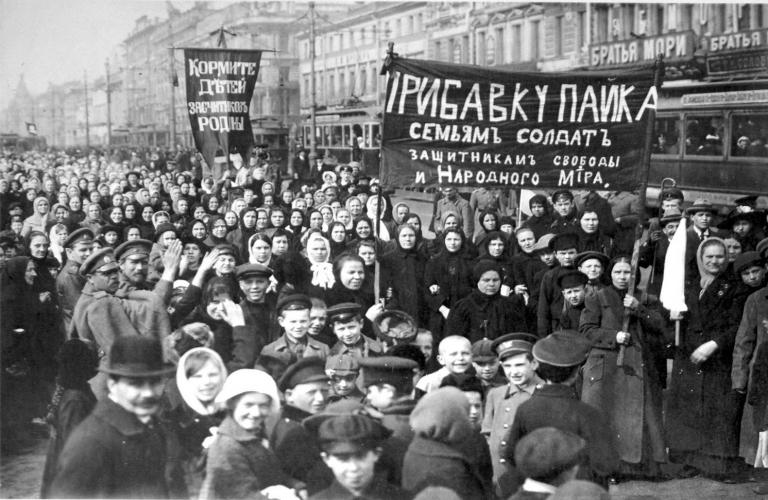- Barışa Karşı mıyız? Sürece Nasıl Yaklaşmalı? - Kasım 25, 2025
- Okur Mektubu: Eğitim Sisteminin Ötekileştirilmiş Öğretmenleri - Kasım 22, 2025
- Şili Seçimleri Sağın Güçlenişini Ortaya Koydu – V. U. Arslan - Kasım 19, 2025

In this article, we will try to analyze the situation of the protests in Iran rather than its socio-economic reasons. The protests have started under the name of ‘gasoline protests’ and have become massive in a short time, and now the Iranian state is trying to end it brutally. One of these efforts was internet blackout throughout the country for the past five days. However, the official websites and news sites are accessible. No social media platform is available. Iranian administrators legitimize the Internet barrier with the discourse of “national security” and see it as one of the most important measures to be taken to stop the protests. Ali Rabiee, a spokesman for the Rouhani government, said on the Internet: “the Internet access will be available in cities that do not abuse the Internet”.[1] However, protesters are constantly trying new and creative ways to overcome bans, for example they write comments under the news of the official news sites to communicate each other.
In the absence of internet access, the Iranian regime is trying to suppress the protests on the streets with violence and directly shoots the people with real bullets and kills them. On the other hand, national TV channels try to legitimize the attacks by creating a false dilemma about the protests. Protesters are divided between the people that have “fair demands” and the ones that are supported by “foreign powers” aiming to create chaos. Thus, protesters are portrayed as individuals trained by foreign forces. The rulers of the Islamic Republic, who suffer a major hegemony crisis throughout the country, is trying to manipulate people through official channels as usual. In addition to this effort, in some cities the supporters of the Islamic Republic started protests organized by the state in the last three days. They say that protesters say that they will give their lives to the Islamic State and Khamenei.
According to confirmed sources in Amnesty International’s statement, 106 people have been killed by state forces in various Iranian cities so far. [2] Unfortunately, the casualties are much higher than the domestic sources reported and are estimated more than 200. However, due to the lack of internet access, this news do not reach the public. Khuzestan (Bandar-e Mahshahr) and Kermanshah (Javanroud) are among the cities with the highest number of deaths, where Arab and Kurdish populations live. According to shared footage, in some cities snipers fired directly at the protesters from the helicopter. On the other hand, thousands of people were arrested for being “anti-regime”. In the face of all this, the rulers of the Islamic Republic claim that they are tolerated against the protesters. An example of this so-called “tolerance” is a report in the Keyhan Newspaper, one of the partisan newspapers: “According to some reports from the Judiciary, it is certain that the organizers of recent protests will be tried with death penalty. The guilt of the people arrested in this respect is bagy[3] and their punishment is death sentence according to Sharia”[4].
Protests do not only continue on the street. Tehran University students gathered on the central campus of the university on 18th November and shouted slogans against the regime and announced their support to the protesters who are on the street. However, within a few hours, the central campus was besieged by police and students were left inside. Then arrests took place while the students were disbanding and with raids while they are home. On the evening of November 20, the regime forces used the ambulance as a Trojan Horse to enter the dormitory area on the campus of Tehran University and detained around 50 leftist students. The fate of those detained is not yet known.
Haft Tappeh workers, who have been struggling in their factories for a long time, participated in popular protests and went on a strike on Tuesday. The workers’ strike stopped all daily activities in the city of Shush. Seit Razi Nuri, a deputy from Shush, used the following statements against the Minister of Labor at yesterday’s assembly: “The protests of the Haft Tappeh workers made this city recess, are you aware of this?”. A few days ago, a number of Haft Tappeh workers addressed the people of Shus in their statement: “As Haft Tappeh workers, we will march tomorrow and make our legal demonstration in front of the Governor’s office. The fate of Haft Tappeh, Shush and this region is interdependent. We want to put an end to these corruption and destructive privatizations that destroy not just the workers of Haft Tappeh, but also the economy of the region… Our struggle is righteous. As we did last year, we will carry out our actions with you. We are sure that you are with us against injustice, cruelty and poverty… Victory is ours”.
While all these incidents are taking place inside the country, the attitude of the opposition forces of the Islamic Republic outside the country is to embrace the wave of protests. Regardless of what happens in Iran, pro-Shah parties (for example the supporters of Riza Pahlavi who is Muhamadriza Shah’s son), who have always been the trigger of imperialist countries, claim to be the main owners of the protests. In addition, these actor are supported by mainstream media (such as BBC Persian, Iran International, Voice of America). What revives the dreams of these actors is that some cities people chant slogans praising the Pahlavi regime (” Riza Shah, rest in peace”). People who are killed in the street or arrested and sentenced to heavy imprisonment or who will be sentenced to death are those who pay the cost of the power-hungry Pahlavi family. In this respect, pro-Pahlavi parties and the Iranian regime are in fact performing the same function: while Pahlavi is saying that “We are the leaders of these protests”, the regime is brutally targeting the protests with the discourse of that “these protests are rooted out of the country.” In recent years, while the Pehlevicists have stiffened their rhetoric towards the regime, they have fervently advocated US sanctions against Iran and, went too far by defending the bombing of Iran if necessary, and wrote petitions to Trump.
Finally, with the massive mass uprisings in Iran, a new combative generation flourishes on streets, factories, workplaces and universities, despite the oppressive conditions of the country, over the past two years. There is not a left or socialist alternative in the country or in the exile that make everything more difficult. And, despite this difficulties, workers, laborers, peasants, poor people, students and women fight for their future and do not step back from their demands. The slogan, “The rationalists and reformers, your adventure is over” that emerged during uprisings of the poor in 2018, has reached another dimension in the Iranian streets these days. However, the rulers of the Islamic Republic are now even harsher in response to the popular uprisings ,which have reached a new each time. In implementing all these policies of repression and punishment, each time they forget the classic expression of the director even more: You can rule with bayonet, but you cannot sit on it!
[1] https://www.mashreghnews.ir/news/1011504/
[2] https://www.amnesty.org/en/latest/news/2019/11/iran-more-than-100-protesters-believed-to-be-killed-as- top-officials-give-green-light-to-crush-protests/
[3] Arabic name given to the militant who gives armed struggle against the Islamic state.
[4] http://www.pishkhaan.net/news/164126/.














